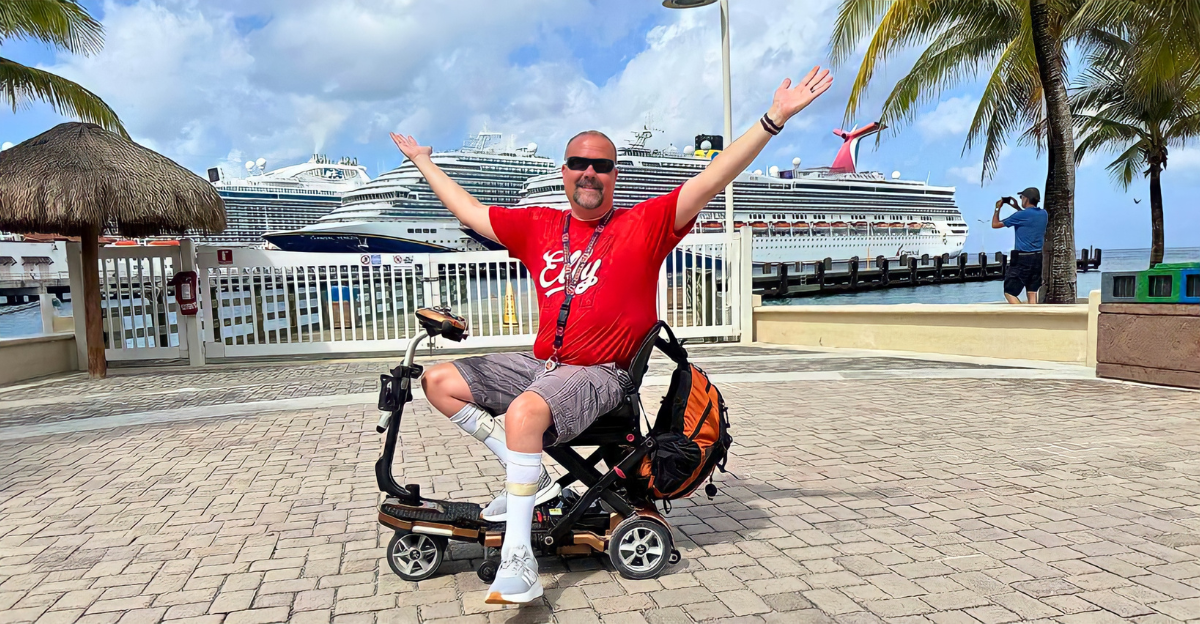
By refusing to purchase homes as they get older, older Americans are increasingly defying the long-standing cultural norm of homeownership. This change represents a significant shift in the way older adults view housing and is driven by changing values, lifestyle changes, and financial considerations. Homeownership has historically represented security for retirement, stability, and wealth accumulation.
However, many seniors no longer find purchasing a home to be as appealing due to the combination of growing property taxes, increased maintenance expenses, and the need for flexibility. Contrary to the popular belief that older Americans prefer homeownership, data from the U.S. Census and studies show a significant increase in renters aged 55 to 65. This trend necessitates a reevaluation of what housing means for an aging population because it has wide-ranging effects on financial markets, urban development, and intergenerational wealth transfer.
The Roots of Homeownership and Aging in History

The American Dream has traditionally been based on homeownership, particularly for older generations who associated it with social standing and financial stability. Massive suburbanization occurred in the years following World War II, and home purchases were encouraged by programs like the GI Bill. Owning a home was a nearly universal aspiration for Baby Boomers and earlier generations, closely linked to identity and legacy. Control over one’s surroundings and a retirement fund were two benefits of property ownership.
However, this historical obsession emerged during a period of reduced geographic mobility, lower housing costs in relation to income, and longer life expectancies. Seniors today have longer lifespans and deal with a variety of social and economic issues that challenge this conventional wisdom.
Seniors Are Deterred from Purchasing Homes by Economic Pressures

One of the main factors influencing many older Americans to reevaluate homeownership is money. Owning a home becomes less feasible for retirees due to the sharp increase in property taxes and insurance premiums, which frequently surpasses their fixed or restricted incomes. The burden is only increased by maintenance and repair expenses, particularly since older homes require more care. The likelihood of costly renovations was increased by the fact that the median home bought in the United States in 2024 was 36 years old.
Many are also discouraged by the mortgage-rate environment and the challenge of saving for down payments. Some seniors find that turning their home equity into cash or moving into an apartment complex with amenities offers more predictable, controllable expenses free from unforeseen charges. These economic realities show why affordability and financial liquidity are more important to many retirees than traditional ownership.
Changes in Lifestyle and Preferences for Aging in Place
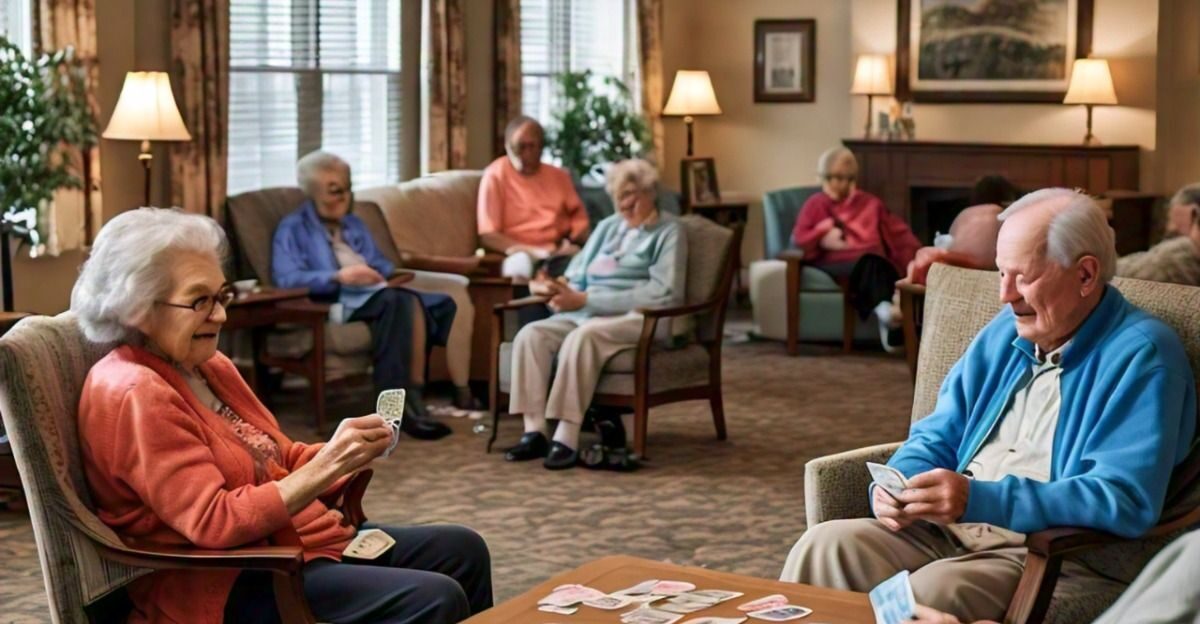
Numerous senior citizens are choosing community living, travel, and a flexible lifestyle over onerous home maintenance. In active-adult communities, the desire to downsize from big, frequently dilapidated homes to smaller, easier-to-manage rental units is a reflection of shifting priorities. These rental communities are more suited to the needs of seniors because they frequently offer social opportunities, healthcare access, and age-friendly amenities.
For many people, owning a home is a liability rather than a comfort because of the hassle of maintaining home systems, doing plumbing repairs, and tending to the yard. “Do I really need to own a house at this stage of life?” is a question that more and more seniors are asking. Longer, healthier lifespans combined with this lifestyle reevaluation have led to a redefining of residential needs that is more convenience-driven than traditional.
The Market Dynamics and “Mortgage Rate Lock-In”
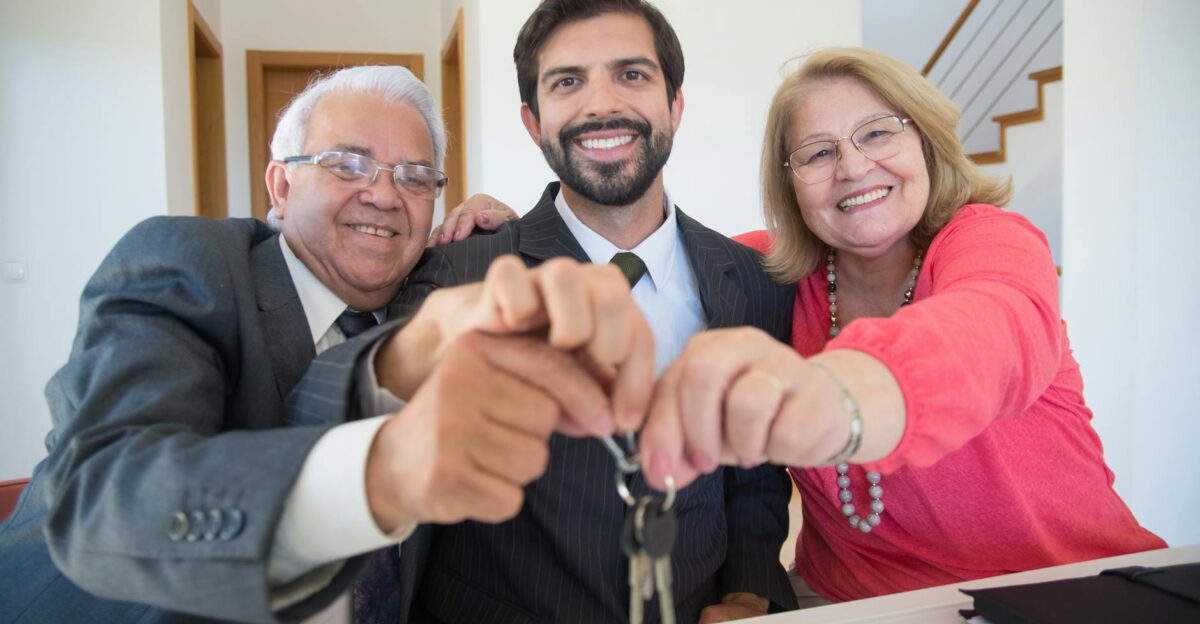
Inventory turnover among older homeowners has been slowed by the mortgage-rate lock-in effect, which occurs when homeowners avoid selling because their mortgage rates are low compared to current market rates. Boomers have little financial incentive to sell and purchase a new home at a higher borrowing cost because they already own homes with comparatively low mortgages. This slows the natural process of older adults downsizing and makes it harder for younger buyers to find homes.
Even though this effect might lessen, it emphasizes how closely aging Americans’ decisions to become homeowners are correlated with the state of the financial markets. Despite their desire to move out, seniors hold onto their homes for longer due to a paradox caused by the shortage of available housing and their desire to keep their low-cost home loans.
Impact on Intergenerational Wealth and Housing Markets

Traditional intergenerational wealth transfer through housing inheritance is disrupted by older Americans’ declining home purchases. If seniors delay selling or downsize less, fewer affordable homes reach younger generations, aggravating housing affordability issues for Millennials and Gen Z. This interlocking market dynamic may exacerbate wealth inequality and contribute to generational tensions over housing access. Economic inertia can lead to an aging housing stock, with fewer options for family formation.
Older homeowners’ reluctance or inability to move can stall dynamic regional migration patterns that historically balance labor markets. This trend invites a reconsideration of policies around property tax relief, downsizing incentives, and support for senior housing transitions.
Psychological and Social Factors Influencing Decisions
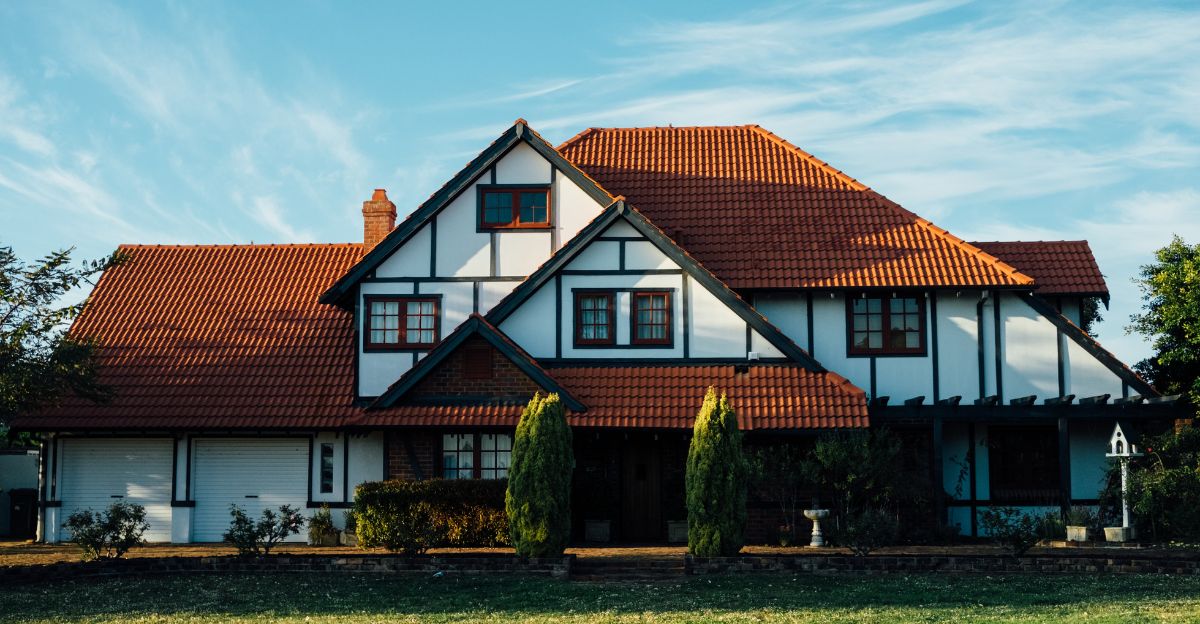
Psychologically, attachment to the family home and fear of change weigh heavily on older adults’ housing choices. The house embodies memories, identity, and independence. The prospect of relocating can provoke anxiety about social isolation or loss of autonomy.
Ironically, though, seniors look for simpler living arrangements to regain their independence when housekeeping becomes too much to handle. The emotional conflict often manifests as a double bind—torn between tradition and practicality. Socially, peer trends and norms are shifting; seniors increasingly see renting or community living not as failures but as liberating choices. The idea that homeownership is an unavoidable indicator of aging success is being challenged by this changing mentality.
Innovation in Housing and Policy Reactions
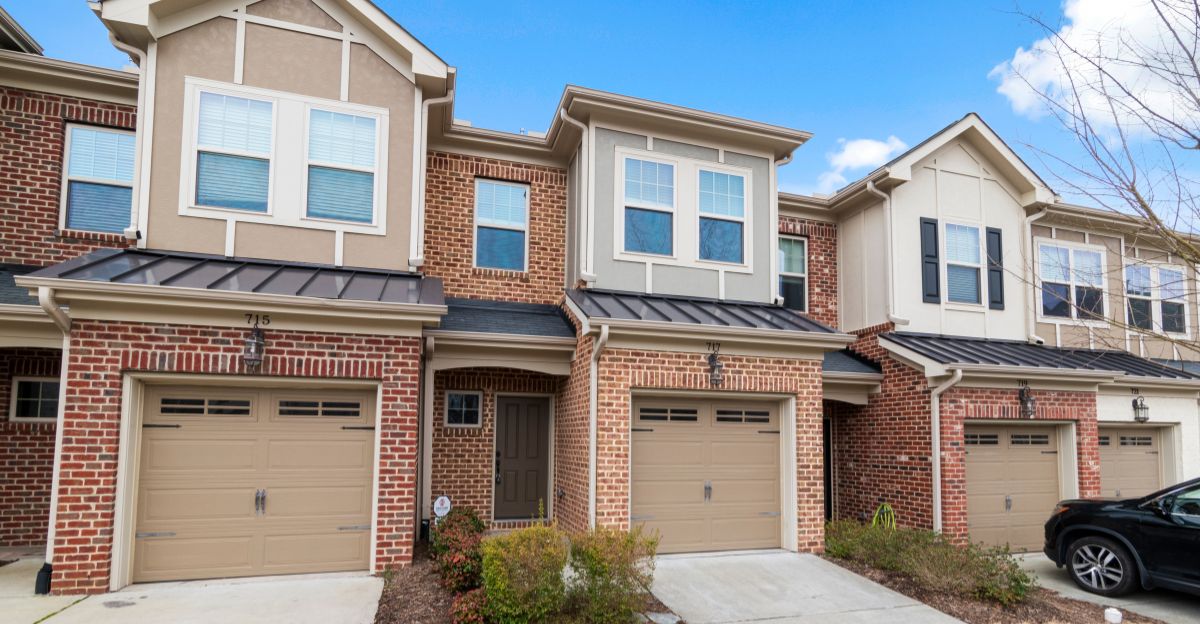
Adapting the housing market to the realities of an aging population presents significant challenges for developers and policymakers. Alternatives to traditional ownership include co-housing models, home-sharing agreements, and age-restricted rental communities. In order to enable aging in place without the responsibilities of full ownership, public programs could increase support for home modifications. Seniors’ financial flexibility may be improved by changes to the Home Equity Conversion Mortgage program.
At the same time, since many senior-owned homes are aging and in need of rehabilitation, it is imperative to preserve affordable housing. To revitalize housing markets, policies must strike a balance between safeguarding retirees’ assets and encouraging mobility. These initiatives mark a calculated shift toward more accessible and varied senior housing options.
Redefining Success in Later Life

The cultural discourse surrounding housing and successful aging is changing. Rather than equating success with owning a large home, many aging Americans redefine fulfillment as freedom from asset maintenance and the burden of fixed responsibilities.
This change is a reflection of larger cultural trends that value experiences over material belongings and adaptability over permanence. Instead of adhering to outmoded conventions, the new “right place, right time” philosophy encourages seniors to find housing that fits their life stage and personal goals. Without the limitations of traditional homeownership, this redefinition enables older adults to place a higher priority on their health, social connections, and leisure, improving their quality of life.
Trends in Demographics and the Fall in Homeownership

According to Point2Homes data, adults 65 and older are the renter demographic with the fastest rate of growth, with a 30% increase in renters over the previous ten years. A sizable minority chooses not to purchase or maintain homes, despite the fact that homeownership rates typically rise with age. Longer life expectancies, smaller household sizes, and an increase in senior single-person households are all associated with this demographic shift.
The growing diversity of older Americans complicates housing needs and preferences, with certain groups being more impacted by financial obstacles to homeownership than others. These demographic trends highlight a fundamental shift in the way older people consume housing.
Retirement Communities and the New Rental Boom
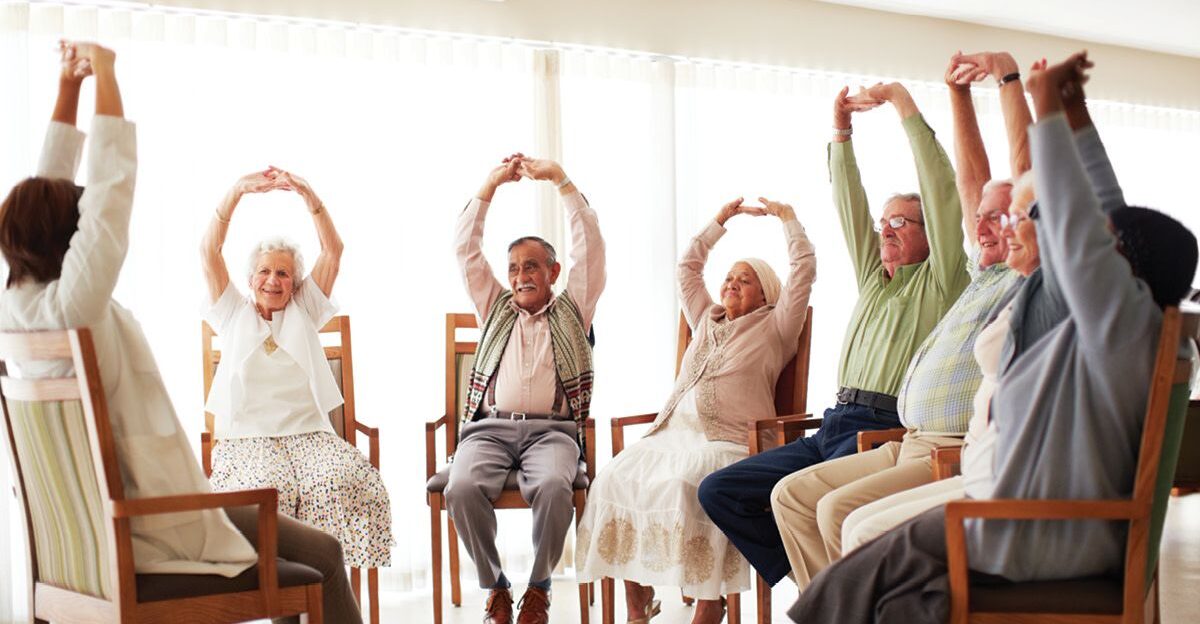
Upmarket rental options, including villas and townhouses with specialized amenities, have increased in communities created specifically for senior citizens. These rental communities offer models balancing independence and support, reduced upkeep, and vibrant social lives. By renting, seniors avoid locking wealth in property, enabling financial fluidity.
These communities are also establishing new benchmarks for senior housing by utilizing health services and technology to meet the needs of the elderly. The trend signals a market-driven response to demand for practical and enjoyable living arrangements that defy the paradigm of aging in a traditionally owned house.
The Paradox of Aging Home Supply
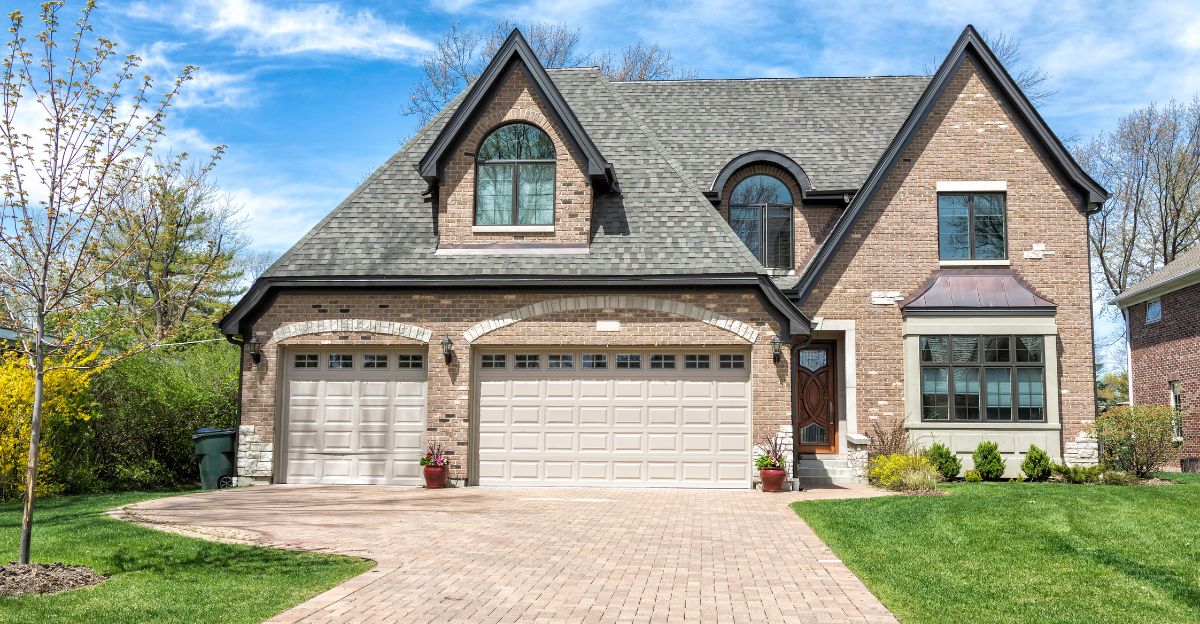
While fewer senior Americans buy houses, the housing supply itself is becoming older. The median freshly acquired house in 2024 was 36 years old, much older than in prior decades, reflecting slow new development since the Great Recession. Older homes tend to charge more upkeep and repair expenses, making them less attractive investments for elderly buyers.
This contradiction means that elderly Americans face a dwindling supply of inexpensive, low-maintenance houses, increasing their decision to forego ownership. The dearth of new buildings suited for seniors is a structural hindrance to reverse homeownership decreases among the elderly.
Unforeseen Ramifications on Urban and Suburban Landscapes
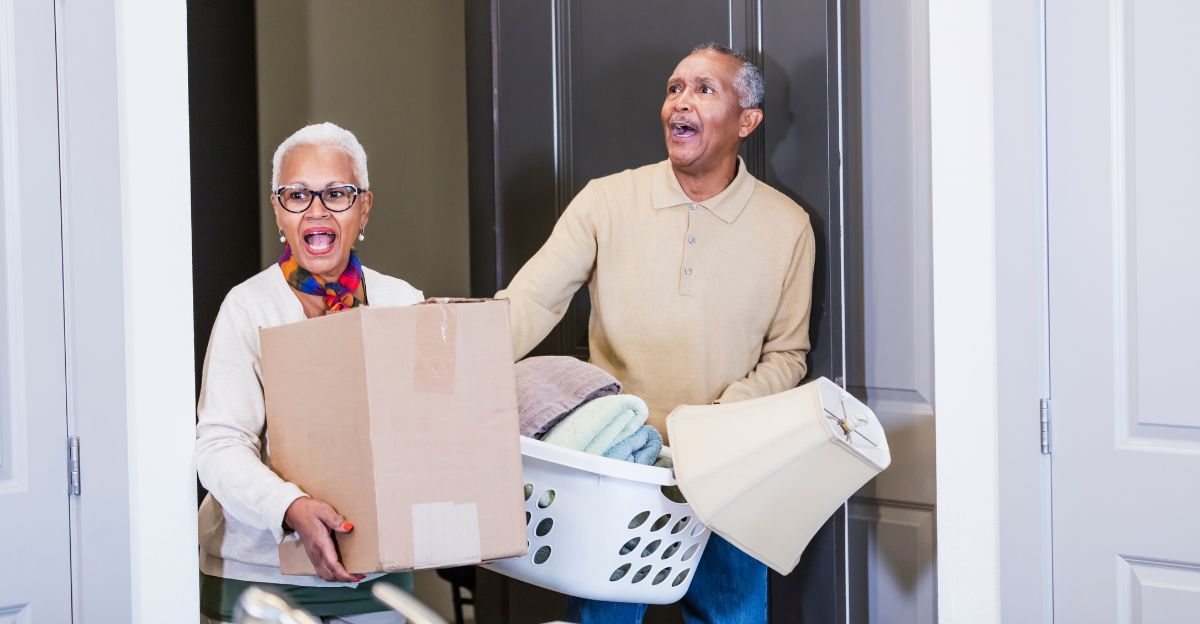
The exodus from homeownership among older Americans reshapes urban and suburban topography. Aging tenants may seek walkable, transit-rich communities with health services, amenities, and social infrastructure, boosting redevelopment of urban centers. Suburbs typified by big single-family houses may suffer greater vacancy rates or conversion pressures.
Conversely, the unwillingness to sell large homes reduces the supply of cheap starting homes for younger families, altering suburban demographics. This dynamic might accelerate gentrification, change community cohesion, and trigger shifts in local governance goals regarding zoning, infrastructure, and social services.
Financial Instruments and Housing Equity Utilization
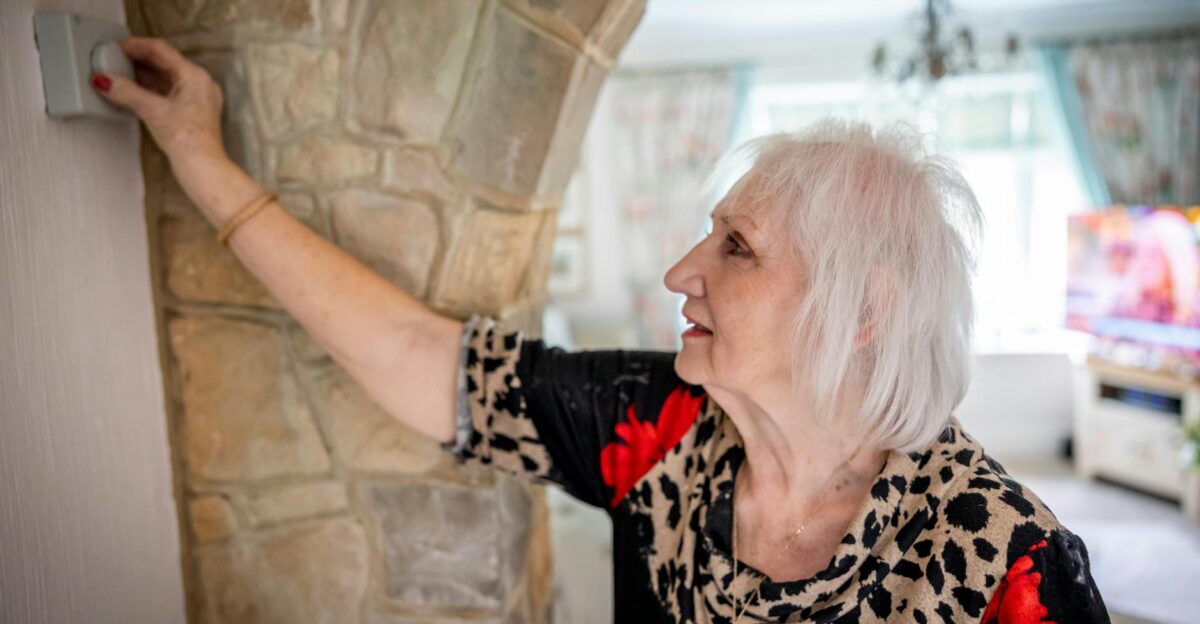
Many elderly homeowners struggle to tap into house equity owing to the complexity and restrictive requirements of reverse mortgages and home equity conversion loans. A majority lack financial understanding or access to items that might aid downsizing or renting transitions.
This financial incapacitation drives people to hold onto big homes, contrary to inclination. Expanding and simplifying equity usage mechanisms might boost seniors’ financial independence and housing options. Such reforms might liberate billions in aging household wealth, enabling wider economic mobility and retirement security.
Homeownership as a Liability in Old Age
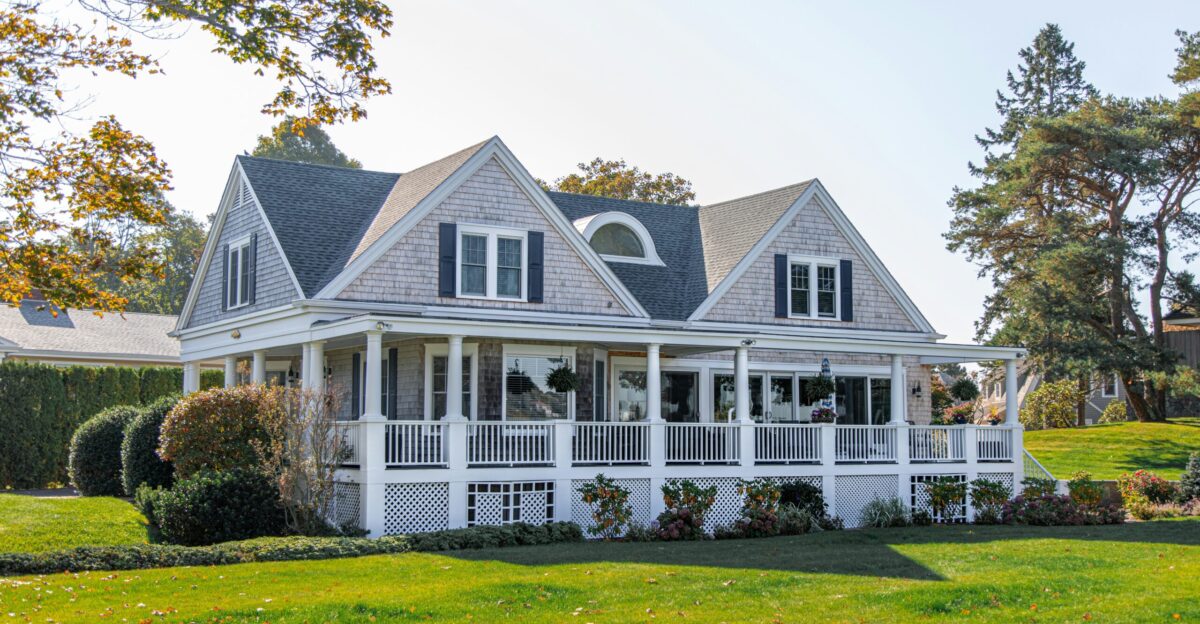
Contrary to the popular idea that having a home is a sign of success and security, for many seniors, property ownership becomes a problem. A large home can become a source of worry, expense, and social isolation, especially during widowhood or health deterioration. The upkeep becomes onerous and costly, mental and physical health might deteriorate, and trapped capital hampers financial flexibility.
This opposing viewpoint underlines that clinging to ownership out of tradition or pride might damage quality of life. Renting or community living provides an alternate paradigm where housing helps well-being rather than burdens it.
Technology and Remote Work’s Impact on Housing Decisions

For the Elderly, housing choices are changing as a result of technological advancements like telemedicine, smart home systems, and remote employment. Instead of staying in typical housing markets, remote employment allows older Americans to move to areas with attractive lifestyles or reasonably priced rental properties. More varied living arrangements are made possible by telehealth and assistive technology, which lessen reliance on proximity to medical services.
Seniors’ increasing use of technology is hastening the decoupling of aging and homeownership. This mobility made possible by technology is consistent with a larger cultural trend toward flexible, choice-driven housing choices at a later age.
Elderly People in Urban Micro-Living Environments
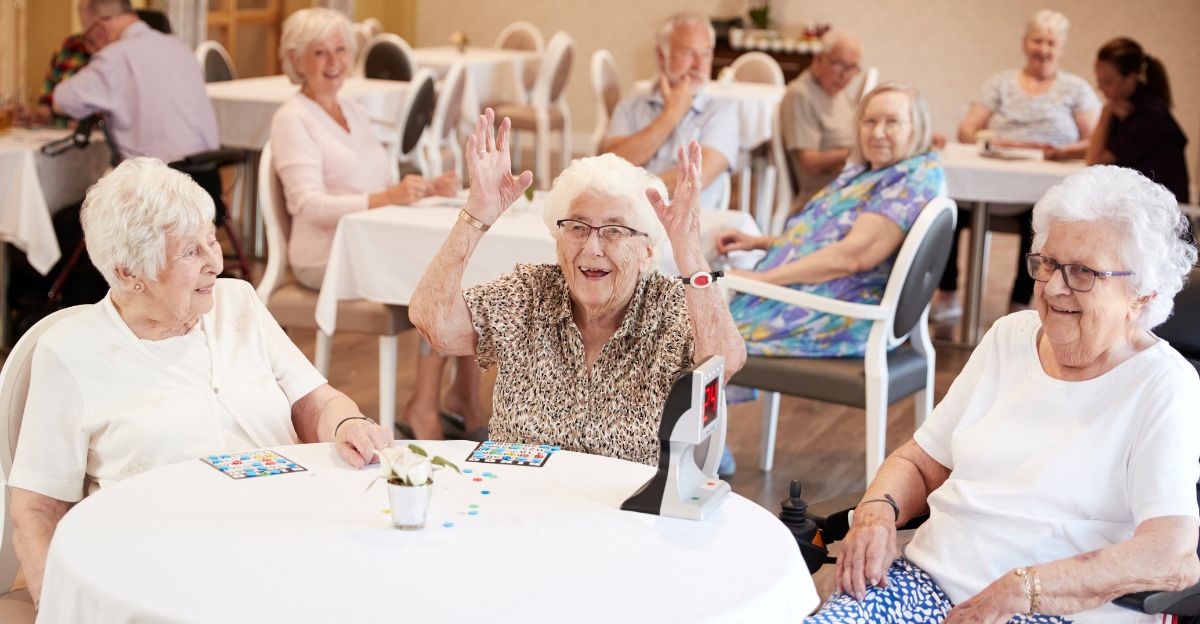
Co-living facilities and micro-apartments designed for seniors looking for simple lifestyles with integrated social possibilities are being tested in several metropolitan areas. These designs represent major shifts from traditional huge homeownership to very communal, compact living, despite their unorthodox nature.
They cater to the adventurous older generation that values community over space and address the severe urban housing crisis. Despite being unique, these examples show how older Americans are defying convention in terms of scale, lifestyle, and choice, which might have an impact on future housing patterns.
The Decision Matrix for Aging Housing
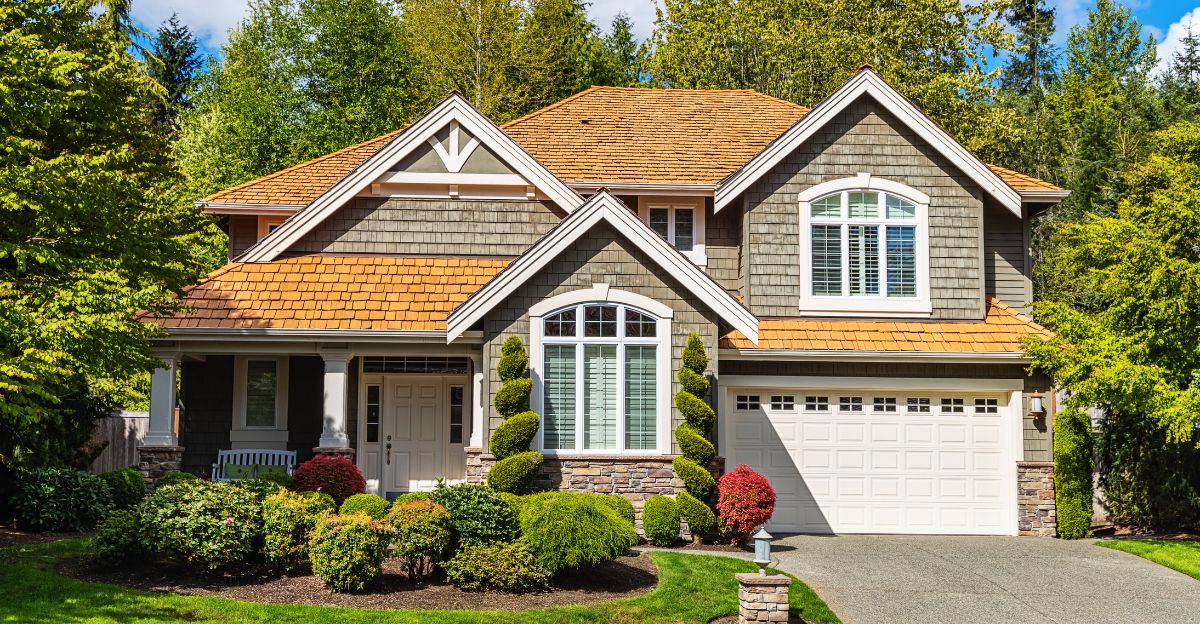
A conceptual model that takes into account four factors, financial capability, mobility and health, social connectivity, and lifestyle priorities, helps decipher seniors’ housing decisions. This matrix describes why some people choose to stay in their current residence, rent, buy a home, or live in assisted living.
It takes into consideration the pull of independence and social vigor against the push of financial limitations and health deterioration. This paradigm helps stakeholders, including developers and politicians, understand the variety within the aging population and customize responsive housing solutions.
The Overabundance of Wealth in Housing
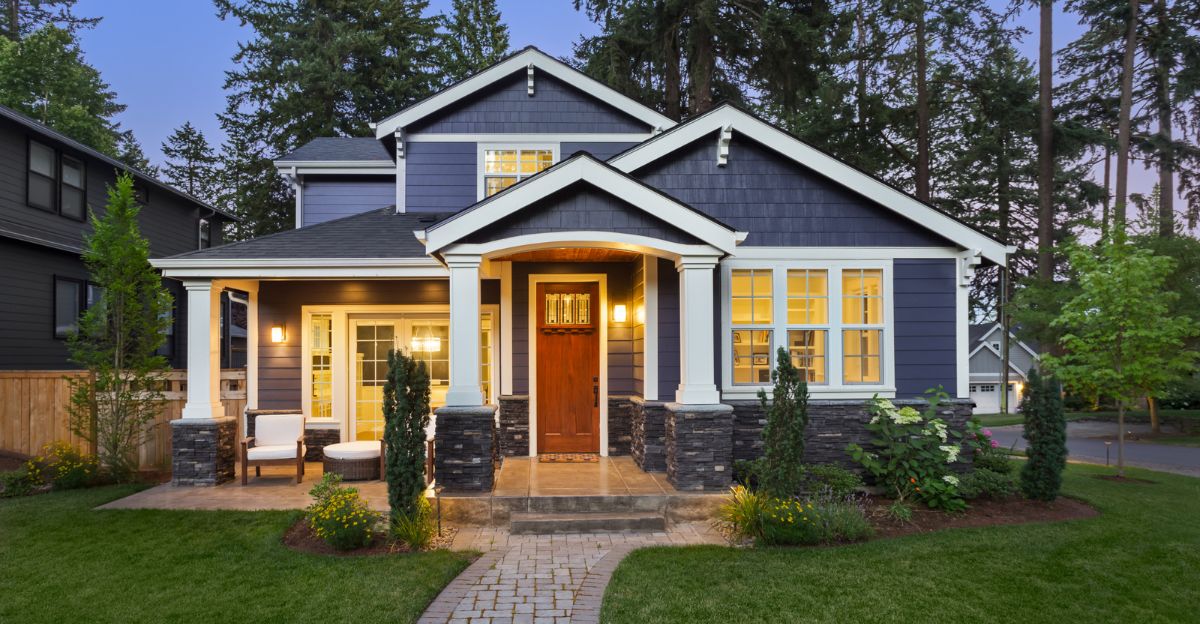
According to a speculative theory, boomers’ excessive accumulation of home wealth leads to systemic rigidity and paradoxical housing market stagnation. Retaining properties restricts access for subsequent generations and impedes market flexibility and wealth disparity. Social mobility and economic balance may be postponed by this static wealth layer.
Realizing this might lead to the implementation of ground-breaking laws like land value levies or house release incentives, which would revitalize the housing market and promote social justice. Future studies and policy experiments are necessary to test this theory.
A Novel Approach to Housing and Aging

The trend of older Americans becoming less likely to purchase homes is a tectonic societal shift rather than a passing anomaly. What home means in later life is being redefined by a confluence of shifting attitudes, lifestyle changes, and economic constraints. Traditional narratives are called into question by the fall in senior homeownership, which calls for creative financial solutions, policies, and societal acceptance of alternate living arrangements.
Seniors are more concerned with autonomy, flexibility, and quality of life than they are with tradition. Accepting this change might lead to the creation of inclusive, sustainable housing ecosystems for an aging population, as well as new economic possibilities and intergenerational justice.